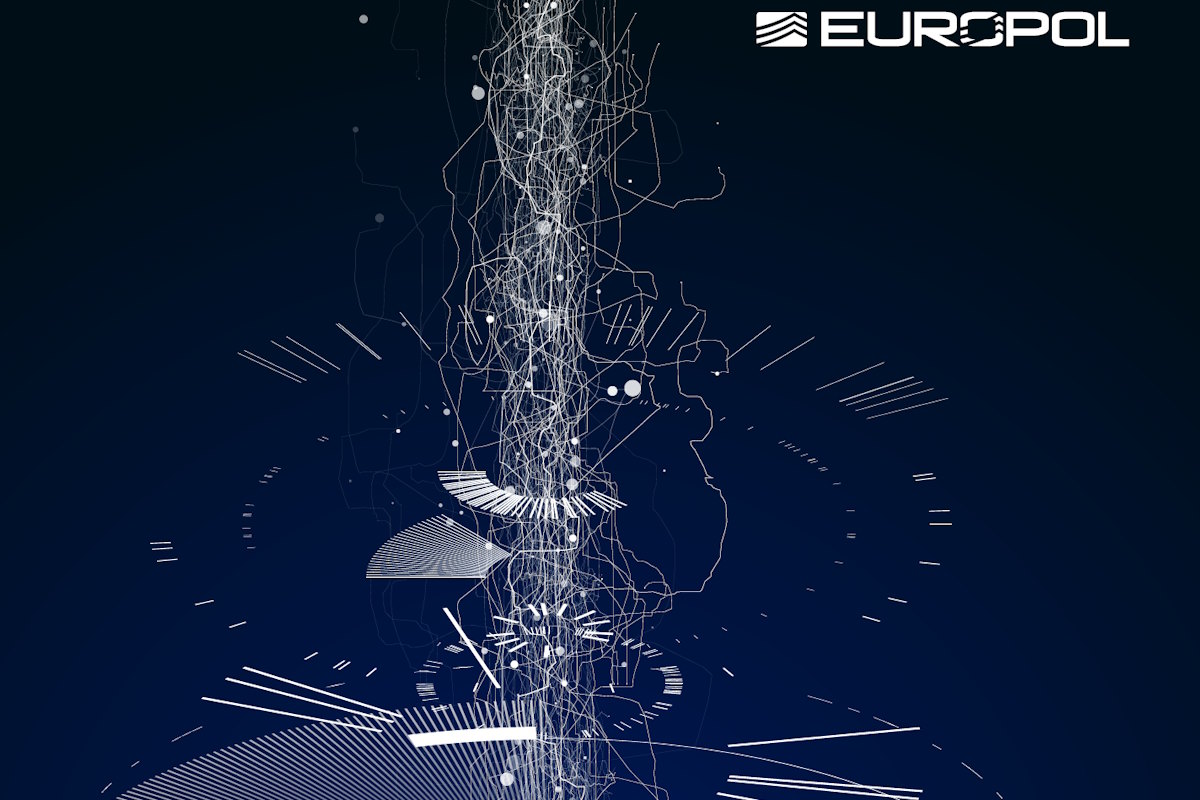European agencies report on quantum computing and quantum technologies, identify cybersecurity impact

The European Commission’s Joint Research Centre (JRC), Europol’s European Cybercrime Centre (EC3), and Europol’s Innovation Lab published this week a joint report that delves into the impact of quantum computing and quantum technologies on law enforcement. It assesses what can be done to ensure a safe and secure transition to quantum computing and quantum technologies.
Titled, ‘The Second Quantum Revolution: The impact of quantum computing and quantum technologies on law enforcement,’ the observatory report aims to inform decision-makers, policy-makers, and practitioners on the benefits and threats stemming from quantum computing and quantum technologies. It provides an update on the current state of play and offers concrete recommendations to better prepare for the future.
The report gains significance in the wake of the modern security landscape characterized by the offensive and defensive use of quantum technologies. It presents a comprehensive overview, culminating in tangible recommendations that guide future strategies and actions.
“Quantum computing, in particular, is undoubtedly going to impact the field of cryptography and consequently cybersecurity,” Stephen Quest, director-general of the European Commission’s JRC unit, wrote in the report. “As quantum computers will achieve an impressive speed in solving complex mathematical problems, today’s protection of much sensitive information is going to become vulnerable in the future. This enhanced computing capacity will both challenge and benefit law enforcement activities.”
Quest further noted that anticipating, building links between the different scientific and policy areas, and measuring the impact of scientific developments in quantum technologies have therefore become essential. “They help us to better assess future operational needs for law enforcement, and to foster successful innovation for internal security in compliance with the EU regulatory framework.”
He added that the core strengths offered by the JRC are exactly those of anticipation, integration, and impact. “They are interconnected and enable us to prepare the scientific input needed to address future complex policy challenges. This is why we have been pleased to offer, from the very beginning, our scientific and technical knowledge to support Europol and the Innovation Lab Observatory in their exploration of the possible impact of quantum technologies on law enforcement activities.”
The report identified that quantum computing and quantum technologies have the potential to revolutionize the work of law enforcement. “One of the most immediately significant areas quantum computers will impact is cryptography. As such, a large part of the cryptographic protocols currently used are threatened by the arrival of quantum computers. This includes both symmetric and asymmetric cryptography. While symmetric cryptography can be relatively easily patched, widely used asymmetric cryptography would collapse entirely if subjected to this process.”
It added that the realization that quantum computers pose a significant threat to currently used cryptography has led to post-quantum cryptography, which aims to keep sensitive information secure from this emerging threat.
From the perspective of law enforcement, post-quantum cryptography has two major areas of impact. First, law enforcement agencies need to prepare to ensure that sensitive information and systems are protected adequately. Second, the transition to post-quantum cryptography might reveal new vulnerabilities that could be exploited in the future. At the same time, the impact of quantum computing in this field offers numerous potential advantages for law enforcement.
As such, quantum computers can support the investigation of cold cases, improve password guessing, and allow for new digital forensics techniques. In addition to the impact quantum computing will have on cryptography, the overall field of quantum technologies is expected to bring significant advancements across several other areas. This includes improvements in data analysis, machine learning, and artificial intelligence, which may benefit from quantum algorithms to process large amounts of data at scale.
The observatory report detailed that quantum communications can enable the establishment of highly secure communications channels through which sensitive law enforcement data can be transmitted. Finally, quantum sensors can improve the reliability of evidence, decrease the chance of wrongful convictions, and improve the surveillance and detection of objects.
For law enforcement to better prepare for the future of quantum computing and quantum technologies, five key recommendations have been identified. These include observing quantum trends to ensure better preparedness for the potential impact, as well as to be able to respond rapidly to any relevant developments; building knowledge by learning more about the field, and identifying key stakeholders within the respective law enforcement organizations and academic institutions. It also suggests experimenting on already available quantum computers and quantum sensors.
The report also recommends considering setting up its own (or supporting) dedicated research and development projects in the area of quantum technologies. The initiative will help to closely engage with the scientific community and relevant research partners, providing subject matter expertise, and building a network of key stakeholders. It also suggests assessing the impact of quantum technologies on fundamental rights, to ensure that law enforcement can use quantum technologies while respecting and protecting fundamental rights.
The document also calls for a review of the organization’s transition plans when it comes to the transition to post-quantum cryptography. This includes establishing an overview of currently used cryptography and which data it protects, prioritizing the most critical systems, and agreeing on plans to ensure that the move to post-quantum cryptography can be executed as quickly and efficiently as possible.
In August, the U.S. National Institute of Standards and Technology (NIST) released draft standards for three of the four algorithms it selected last year. A draft standard for FALCON, the fourth algorithm, will be released in about a year. The agency has called for feedback on three draft Federal Information Processing Standards (FIPS) that cover post-quantum cryptography standardization. These proposed standards specify key establishment and digital signature schemes that are designed to resist future attacks by quantum computers, which threaten the security of current standards. Interested members in the global cryptographic community have been invited to provide feedback by Nov. 22.










